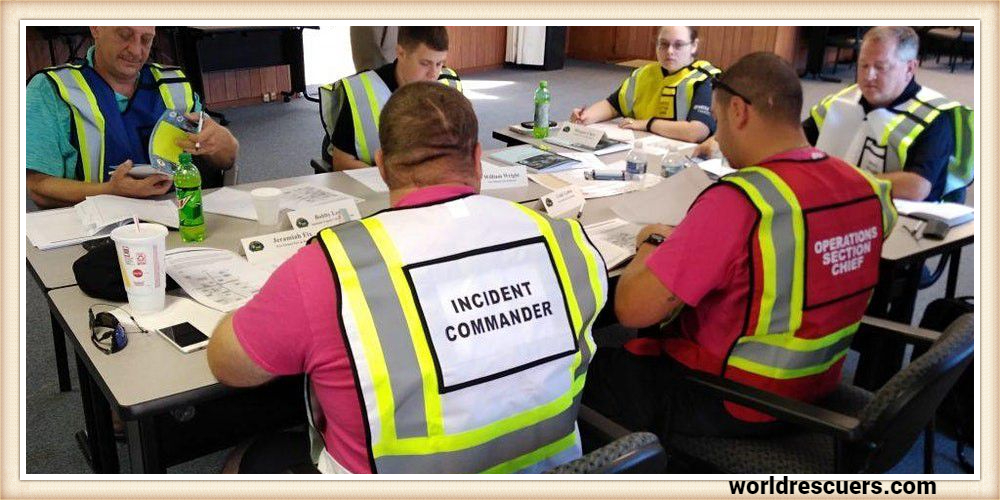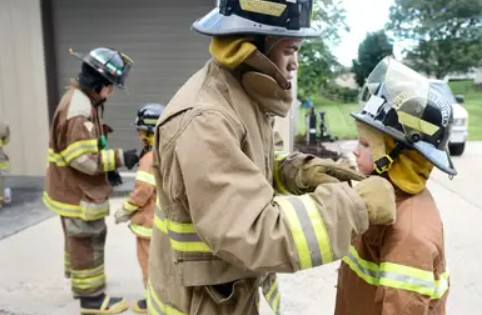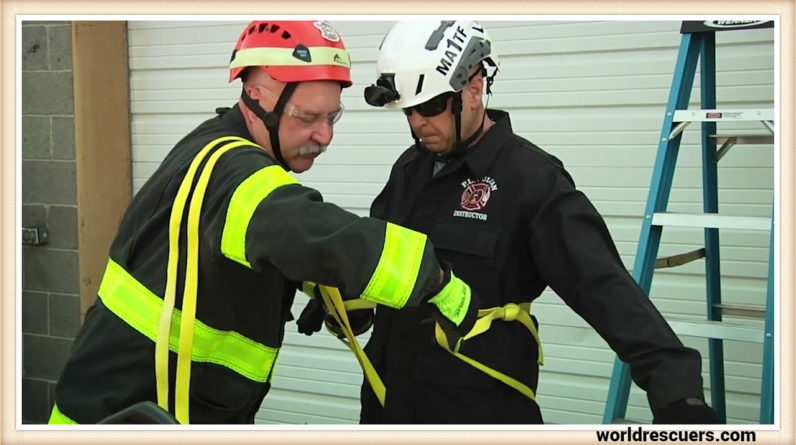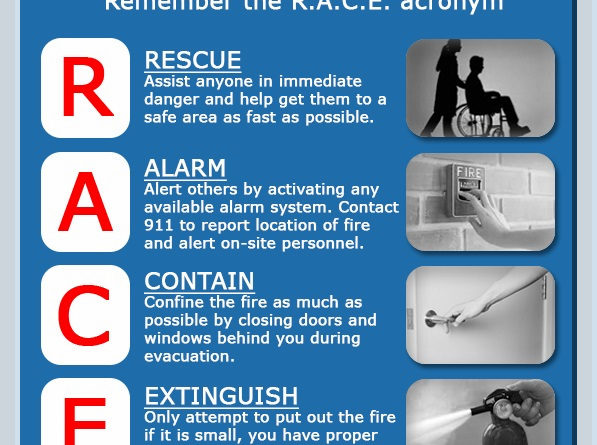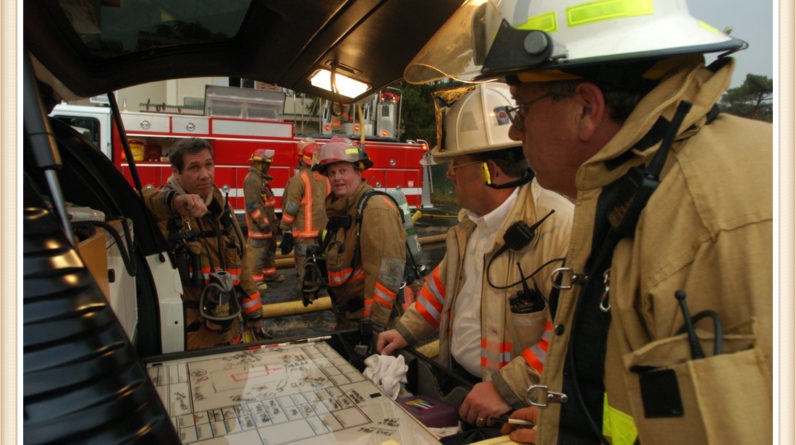
Conclusion
In an era where technology continually reshapes our world, it is imperative for fire departments to harness the power of innovation to improve incident command. By embracing advanced communication systems, digital mapping tools, and drones, firefighting teams can enhance their efficiency, mitigate risks, and ultimately save lives. As we move forward, the integration of technology into incident command procedures will be the key to maintaining a safe and effective fireground response.
Remember, the effectiveness of incident command can be the difference between containment and catastrophe. Fire departments that stay ahead of the curve by embracing technology will undoubtedly lead the way in safeguarding their communities.
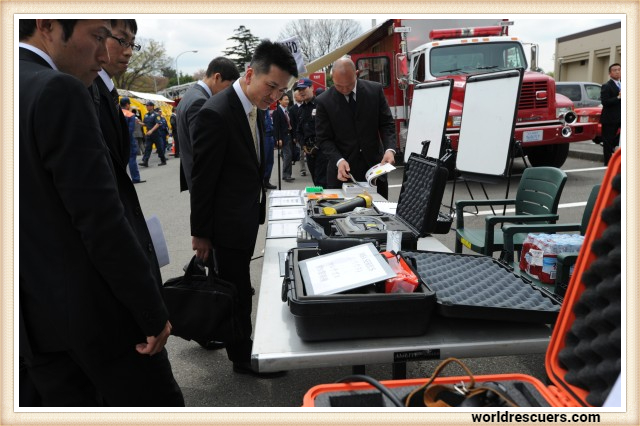
Introduction
In the fast-paced world of firefighting, efficient communication and incident command are critical for ensuring the safety of both firefighters and the public. As technology continues to evolve, it has become paramount for fire departments to embrace innovative tools and strategies that bolster communication and enhance incident command. In this comprehensive guide, we delve into how cutting-edge technology can revolutionize incident command procedures on the fireground.
The Importance of Incident Command
The effective command serves as the backbone of any firefighting operation. It ensures that tasks are organized, resources are allocated efficiently, and situational awareness is maintained. In the chaotic and high-stress environment of a fireground, having a well-established incident command system can make the difference between success and disaster.
The Role of Technology
1. Advanced Communication Systems
Modern communication systems have transformed the way firefighters coordinate their efforts. Two-way radios, equipped with GPS tracking and voice activation, enable seamless communication among team members. These devices not only facilitate real-time information sharing but also enhance responder safety by pinpointing their locations within the incident zone.
2. Digital Mapping and GIS
Geographic Information Systems (GIS) have revolutionized incident management. Fire departments now employ digital mapping tools that provide precise information about the fire’s location, potential hazards, and topography. By visualizing the incident area through GIS, incident commanders can make informed decisions regarding resource deployment and evacuation routes.
3. Drones for Aerial Reconnaissance
Drones equipped with thermal imaging and high-resolution cameras have become invaluable assets on the fireground. These aerial vehicles provide incident commanders with real-time visual data, allowing them to assess the fire’s behavior, identify hotspots, and monitor the safety of their crews. Drones also help optimize resource allocation and response strategies.
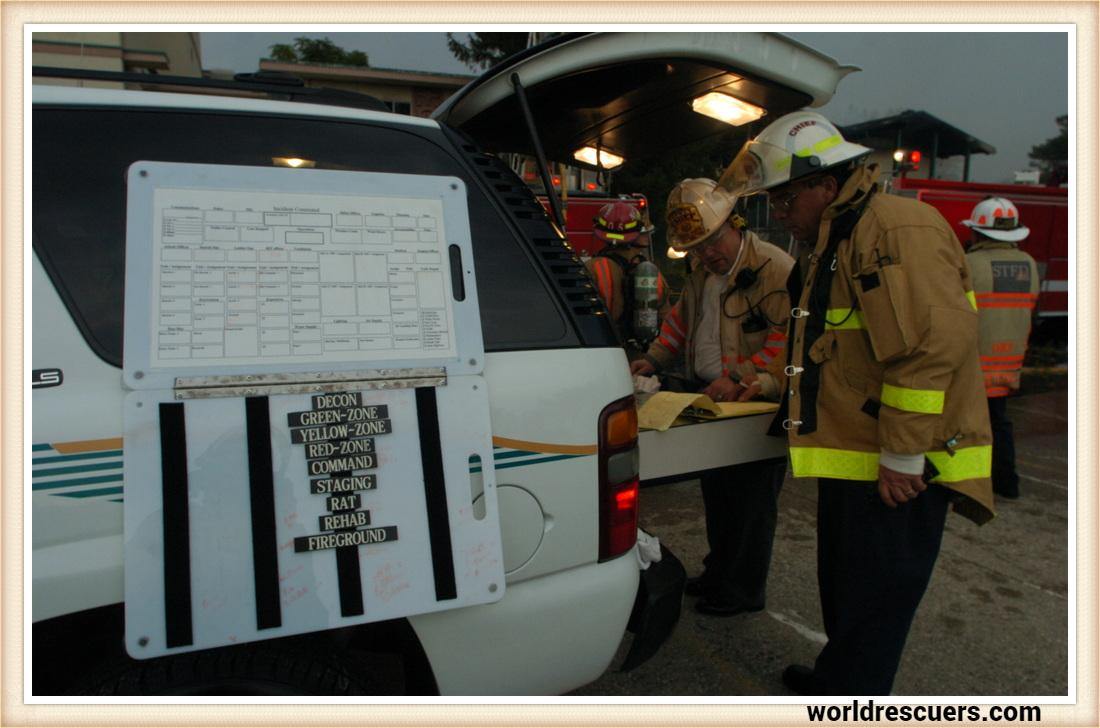
Training and Integration
Adopting these cutting-edge technologies is only half the battle. Fire departments must invest in rigorous training programs to ensure that personnel are proficient in using these tools during high-stress situations. Integration into existing incident command protocols is crucial to achieving seamless coordination.
FAQ’s
What does incident command do?
Incident command coordinates and manages emergency response efforts to ensure effective and organized handling of incidents.
What is an example of an incident command?
An example of an incident command is the response to a major wildfire, where a designated team leads efforts to control and manage the fire.
What are the 5 components of a successful Incident Command System?
The five components of a successful Incident Command System are Command, Operations, Planning, Logistics, and Finance/Administration (or just “COPLF”).
What are the steps of incident command?
The steps of incident command typically include size-up, establishing an incident command post, assessing the situation, developing an incident action plan, deploying resources, and ongoing monitoring and evaluation.
Highly trained Assistant Fire Chief dedicated to public safety and awareness for the past 16 years. Effective leader who remains steady during times of emergency, while directing and motivating team members throughout crises.

